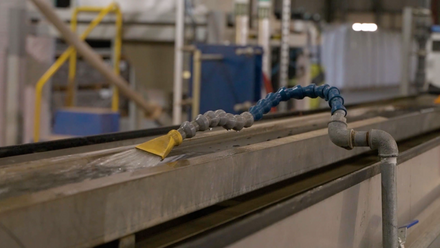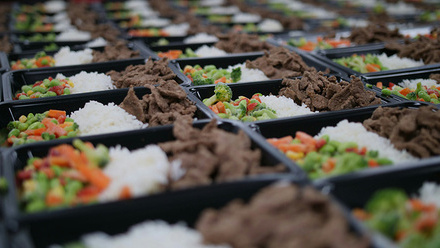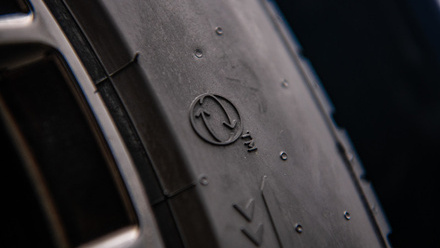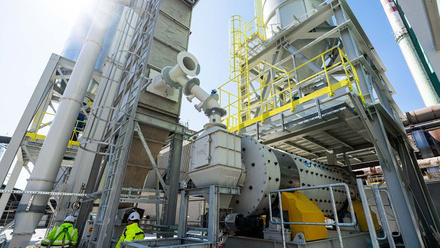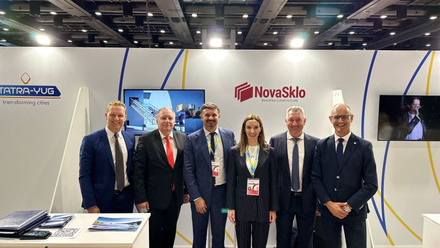Two ways of combatting e-waste
Electronic waste is a rapidly growing problem, both MIT and the Royal Mint are fighting back.
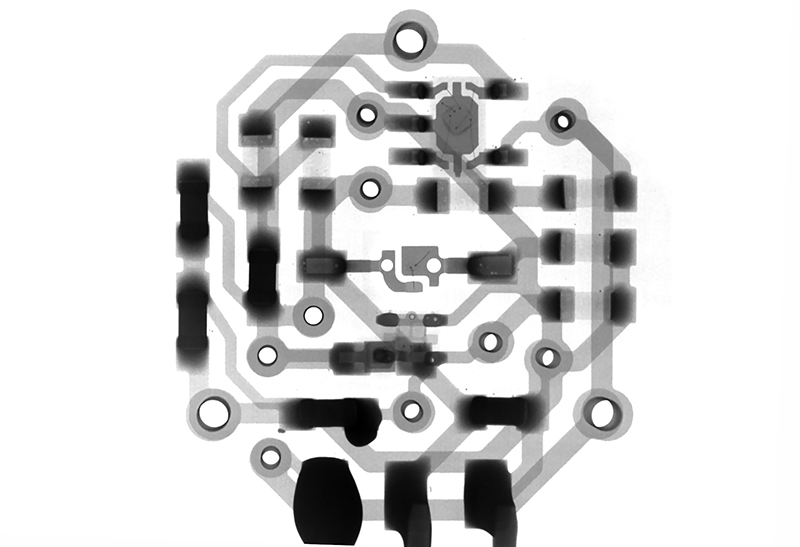
The growth in flexible electronics for robotics, wearable devices, health monitors, and other new applications, including single-use devices means a potential increase in e-waste.
A new kind of flexible substrate material developed at MIT, the University of Utah, and Meta has the potential to enable not only the recycling of materials and components at the end of a device’s useful life, but also the scalable manufacture of more complex multilayered circuits than existing substrates allow.
The development of this new material is described this week in the journal RSC: Applied Polymers, in a paper.
The main material used commercially is a polymer called Kapton, a trade name for polyimide. However it is difficult to melt or dissolve Kapton. The same properties also make it harder to manufacture the circuits into advanced architectures, such as multilayered electronics.
The alternative material that the team developed, which is itself a form of polyimide and therefore should be easily compatible with existing manufacturing infrastructure, is a light-cured polymer similar to those now used by dentists to create tough, durable fillings that cure in a few seconds with ultraviolet light. Not only is this method of hardening the material comparatively fast, operating at room temperature.
As for recyclability, the team introduced ester groups into the polymer backbone that can be rapidly dissolved away by an alcohol and catalyst solution. Then, precious metals used in the circuits, as well as entire microchips, can be recovered from the solution and reused for new devices.
Meanwhile, in the UK, a new factory extracting gold from e-waste has been unveiled.
Located in south Wales, the facility uses patented chemistry from Canadian clean tech company Excir, extracting gold from printed circuit boards (PCBs) such as TVs, laptops and mobile phones. Excir’s chemistry works at room temperature, creating a more energy efficient and cost-effective method of gold recovery.
The factory has scaled the technology from laboratory to an industrial level for the first time and has the capacity to process up to 4,000t of PCBs from e-waste annually.
For more information on the Precious Metals Recovery factory, visit Precious Metals Recovery.



